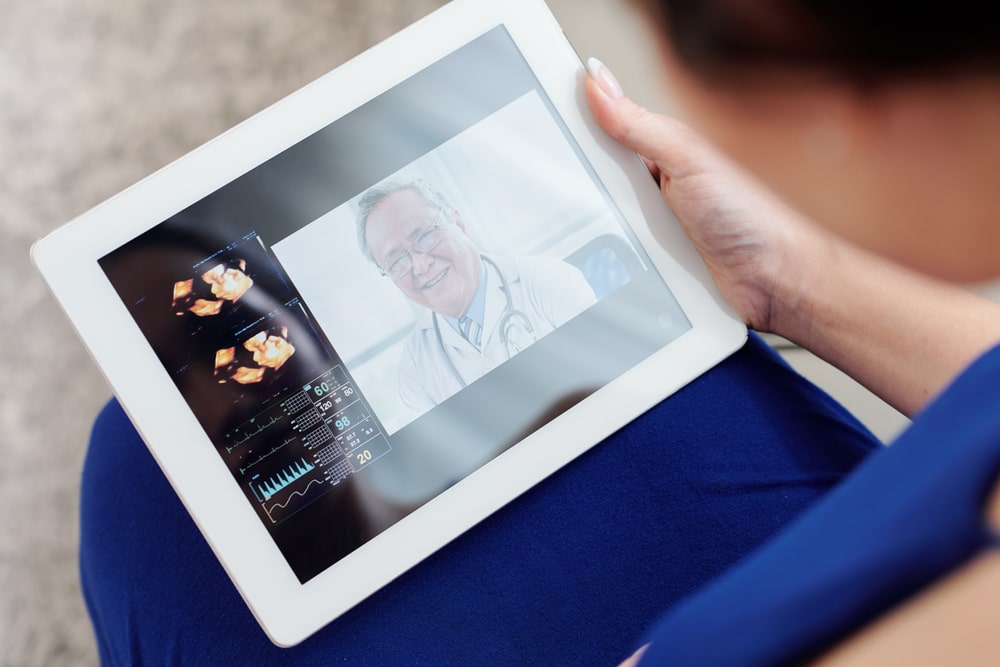
Patient and clinician experiences with telemedicine visits
A Massachusetts General Hospital study evaluates patient and clinician experiences with telemedicine visits as part of the hospital’s TeleHealth programme.
With the increasing availability of technology, telemedicine is increasingly seen as an indispensable part of healthcare policy. With 89% of American patients having internet access, telemedicine makes it possible to enhance access for patient groups who have issues with transportation, schedules, physical disability, etc.
When strengthening investments in telemedicine, it is important to deepen the knowledge available on these services in order to deploy and use them in the most appropriate way. Understanding the perceived value of different modes of healthcare may help to shape the future use of technology.
This paper focuses on experiences gained with virtual video visits (VVV); this is synchronous videoconferencing between the clinician and the patient, in which everyone can see and hear their interlocutor. The analysis covers a full year of VVV and seeks to understand the value of these interviews, particularly by comparing them with traditional visits.
Method used
Massachusetts General Hospital (MGH) launched its own telemedicine programme, TeleHealth, in 2012, offering a range of telemedicine services in 15 clinical departments. Practitioners were gradually trained in VVV, and this option was offered to established patients who did not necessarily need a physical examination. Volunteer patients were educated and instructed in the new format, and received technological support for the installation and testing of the VVV software.
The study was then carried out through surveys of patients and clinicians participating in telehealth (VVV) virtual video visits as part of the MGH TeleHealth programme, an academic health system. Surveys were administered to 426 patients and 74 attending physicians in the hospital to measure perceptions of the comparative experience of VVVs and traditional visits. 254 patients and 61 physicians completed the surveys.
Among the elements tested, the researchers included patient experience measures developed by the Consumer Assessment of Healthcare Providers and Systems (CAHPS), which they augmented with items specifically developed for this mode of visit. Key areas included technology and communication quality, the quality of the experience, patient time and costs, and willingness to pay for a VVV. The surveys were pre-tested with patients and then refined.
Clinician respondents were psychologists and psychiatrists (34%), neurologists (38%), cardiologists (10%), oncologists (2%) and primary care clinicians (16%), and patients were representative of the population of this health system.
Results observed
The results of the study are favourable to VVV: on a scale of 0 to 10, where 0 is the worst possible experience, and 10 is the best visit, 68.5% of patients rated their visit as 9 or 10.
When comparing VVV and physical visits, 62.6% of patients and 59.0% of clinicians reported no difference in “the overall quality of the visit”. Most (52.5%) clinicians reported the higher efficiency of a VVV appointment, and the majority would recommend them to family and friends. VVVs were vastly preferred to traditional visits by patients due to the added convenience and saved travel time. As a result, patients were generally willing to pay for this visit option, especially since their travel time was usually long.
Using standard measures of patient experience, most patients and clinicians perceived no loss of communication in virtual video visits compared with traditional visits, although clinicians were somewhat more likely to see loss of personal connection as a problem. Patients appear to value the face-to-face interactive nature of VVVs; they perceive traditional or telephone encounters as the main alternatives to this new type of visit, rather than emails or structured questionnaires, likely because they maintain a real-time personal connection.
Conclusions of the study
Even though VVVs are highly convenient, they are unlikely to be a useful substitute for a traditional visit in some clinical situations – for example, those that are more complex or that require a physical examination or observation. The conclusions of the study are therefore that, for established patients, VVVs may provide effective follow-up and greater convenience when compared with traditional visits to the doctor’s office.
Source: Karen Donelan, ScD, EdM; Esteban A. Barreto, MA; Sarah Sossong, MPH; Carie Michael, SM; Juan J. Estrada, MSc, MBA; Adam B. Cohen, MD; Janet Wozniak, MD; and Lee H. Schwamm, MD, Patient and Clinician Experiences With Telehealth for Patient Follow-up Care




